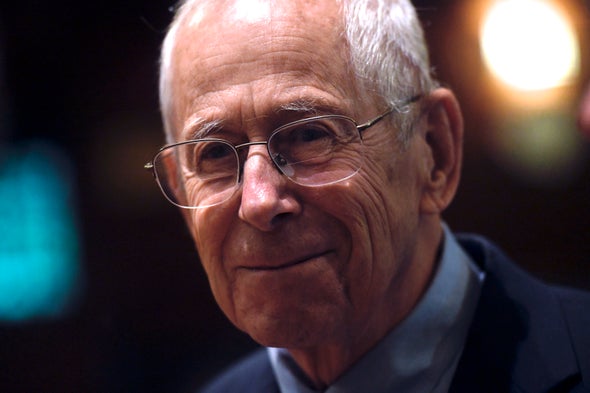This essay is adapted from the book Cosmology’s Century (Princeton University Press).
Robert Dicke came out of war research, specifically radar and other microwave technology, at the Radiation Laboratory at MIT. He would eventually establish a productive research group—one of the many scientists to do so after the end of World War II.
Dicke liked astronomy; his early publications include the radial distribution of stars in a globular cluster and a report of the detection of microwave radiation from the Sun and Moon. After the war, he spent a productive decade of research on what might be termed “quantum optics.” In the late 1950s, he decided to apply the great advances in the technology of laboratory physics to the neglected subject of empirical gravity physics: classical gravity experiments that could be done better and new ones that had become possible./.../

No comments:
Post a Comment